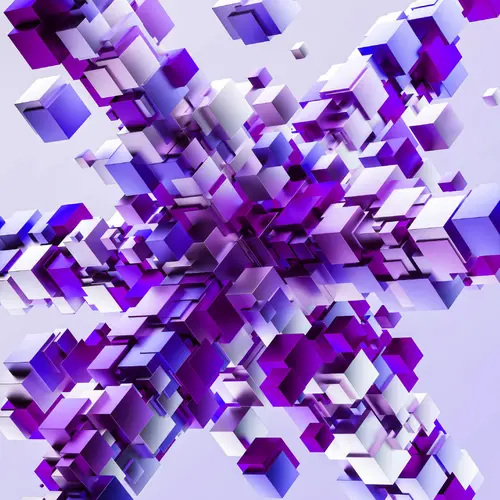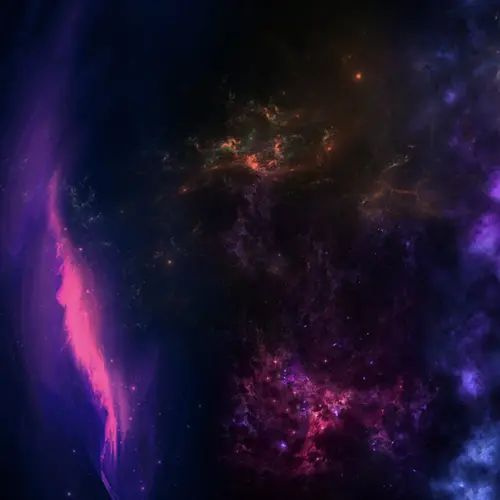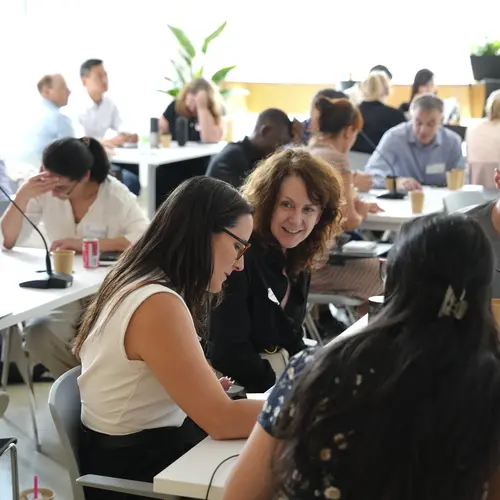
Kaleem Siddiqi
Biography
Kaleem Siddiqi is a Professor of Computer Science at McGill University, and a member of McGill’s Centre for Intelligent Machines. He serves as the Associate Dean Research for the Faculty of Science at McGill, which hosts 275 research active professors across the Departments of Atmospheric and Oceanic Sciences, Biology, Chemistry, Computer Science, Earth and Planetary Sciences, Geography, Mathematics and Statistics, Physics, and Psychology.
He is an Associate Academic Member of Mila, McGill’s Department of Mathematics and Statistics and the Goodman Centre for Cancer Research at McGill. He holds an FRQS Dual Chair in Health and AI. His present research interests span topics in applied mathematics computer vision, biological image analysis, machine learning, neuroscience, robotics and visual perception. He serves as Field Chief Editor of the journal Frontiers in Computer Science and has served as an associate editor of the IEEE Transactions on Pattern Analysis and Machine Intelligence (PAMI), Pattern Recognition and Frontiers in ICT.


